Starting a business isn’t simple. First, you need a viable idea. From there, you need to unearth a profitable cranny, set a target demographic, create a marketing plan, and have something of worth to sell them.
Whether, you’re trading products or services, preparing the word out has become more severe. Without the right marketing tactics to fuel your growth. And stirring a profit and staying loose is virtually impossible.
Therefore, identifying the right strategies for your business often feels as complex as rocket science. How do you get your message to the right audience and do it adequately? How do you enhance clarity and improve selling?
Today, competing for our attention from social media, to SEO. And blogging, and pay-per-click advertising. It’s easy to see why most are ready to pull their hair out.
If you’re looking to gain a competitive edge and enhance your business skills, consider exploring top online business courses. These courses provide valuable insights into effective marketing strategies, audience targeting, and sales improvement.
Marketing Planning
Marketing planning is the strategic roadmap that guides a business’s promotional efforts and helps transform potential opportunities into tangible results.
At its core, marketing planning involves creating a comprehensive approach to reaching and engaging target customers, systematically outlining how a company will communicate its value proposition, attract new clients, and ultimately drive business growth.
Create a Marketing Plan
Firstly, you start detailing your plan, you need a clear idea of what you want to achieve. It is your plan, and it’s directly related to your business aims and purposes.
Further, your marketing tact describes what you want to do. And the rest of the plan provides details on how to do it.
For example, let’s say one of your business goals is to extend your retail store outlet into an e-commerce website. Most importantly, your marketing strategy for that goal could be to introduce your products to a new national market division. But, don’t forget that you will also need a plan for inventory management. Investing in storage solutions such as Modula could be a good way to expand your retail store.
Further, you would then strategically break down your tact into short and long-term intentions while setting your specific marketing message. Investigate how a marketing strategy and a plan work together.
Market Research
A representative survey group involves holding potential buyers to come together to encounter something, guided by a moderator. After that, he can set the stage and ask questions targeted to a dormant real-life experience.
In addition, each member of the group then shares their views and critiques. And, other feedback about the wisdom by answering the same set of questions sat by an interviewer.
Therefore, a representative survey group can be an efficient way for small enterprises. Above all, it conducts market research as part of the formulation of a marketing plan.
For example, a representative survey group can involve a set of potential clients through email marketing campaigns. After that, answer questions about their experience to help you learn about the effectiveness and likely problems. Insights gathered from these groups can guide product development, pricing, and promotional strategies.
Here are important aspects of doing market research:
- Expert Interviews for Insights: In-depth interviews with key stakeholders and industry experts provide qualitative data. This offers deeper insights into market dynamics, customer preferences, and potential opportunities for innovation.
- Customer Behavior Analysis: Analysis of customer purchasing patterns and behavior through data mining techniques helps businesses identify untapped market segments. This way, they can adjust their offerings and create targeted marketing campaigns to maximize sales along with customer satisfaction.
- External Expertise Access: Collaborating with external research firms provides access to specialized expertise, comprehensive market reports, revolutionary approaches, and advanced research methodologies.
- Competitor Gap Analysis: Competitor analysis in market research allows small and medium businesses to identify gaps and opportunities in the market.
- Customer-Centric Feedback Loop: A continuous feedback loop with customers through regular surveys and reviews ensures marketing strategies remain customer-centric and adaptable to changing market dynamics.
Market Calendar
Next, you need to create a marketing calendar to outline your marketing activities and schedule them strategically throughout the year. This calendar will serve as a roadmap for your marketing efforts, ensuring that you stay organized and consistent in your messaging.
Start by identifying key marketing events, such as product launches, seasonal promotions, or industry conferences, and mark them on your calendar. Then, allocate specific marketing tactics to each event, such as social campaigns, email newsletters, or content creation.
Additionally, consider incorporating important dates and holidays relevant to your target audience into your marketing calendar. This will allow you to plan timely and relevant campaigns that resonate with your customers.
Resource Allocation and Team Roles
To execute your marketing plan, it’s essential to allocate resources wisely and define clear roles for your team members. This ensures that everyone is aligned and working towards the same objectives. Here are some key considerations for resource allocation and team roles:
- Identify and Assess Resources: Start by identifying the resources you have available, such as budget, personnel, technology, and tools. Evaluate their capabilities and limitations to determine how they can best support your marketing initiatives.
- Set Priorities: Prioritize your marketing activities based on their potential impact and alignment with your business goals. Allocate resources accordingly, focusing on the initiatives that will yield the highest returns and contribute to long-term growth.
- Delegate Responsibilities: Assign specific roles and responsibilities to team members based on their skills, expertise, and interests. Clearly define each person’s tasks and expectations to avoid confusion and ensure accountability.
- Collaboration: Encourage collaboration and open communication among team members. Establish channels for sharing ideas, feedback, and progress updates to promote a cohesive and efficient workflow.
- Provide Training and Support: Invest in training and development opportunities to improve your team’s skills and knowledge. Stay updated on best practices, and provide the necessary resources and support to your team.
Budget Allocation
When it comes to budget allocation, it’s important to determine how much you are willing to invest in your marketing activities. Start by assessing your business goals and marketing objectives. This will help you understand the importance of marketing in achieving those goals and allocate an appropriate budget accordingly.
Consider the different marketing channels available to you, such as digital advertising, social media, content marketing, and traditional advertising. Evaluate the potential return on investment (ROI) for each channel and allocate your budget based on its effectiveness and relevance to your target audience.
Furthermore, it’s crucial to track and measure the performance of your marketing campaigns to ensure that your budget is being utilized effectively. You can analyze key metrics such as customer acquisition cost, conversion rates, and revenue generated.
Marketing Materials
Marketing materials are the visual and written communication tools that businesses use to showcase their brand, products, and services to potential customers. These materials serve as powerful ambassadors for a company, helping to create memorable impressions, convey key messages, and build brand recognition through various formats and channels.
Business Cards
Firstly, business cards are the things in mind for marketing, and with good reason. It’s not an event, it’s a staple for all of the face-to-face cooperation in your business.
But, just having a business card isn’t enough. Your business cards need to be well-designed and thoughtfully composed to make a positive impression on the receiver. Following are the tips for designing impactful business cards:
- Information Hierarchy: To make your business cards easy to read, create a clear hierarchy of information. Use different font sizes or styles to emphasize your business name and relevant details. Also, make sure the essential details like your contact information are prominently displayed.
- Color and Contrast: Color choices are integral to your card’s impact. Select colors that match your brand and industry. Utilize contrasting colors to create a visually appealing and harmonious design.
- Logo and Text Size: Ensure that your logo and text are easily readable and legible even after printing. Make sure it has a resolution of 300 PPI (pixels per inch) and CMYK color mode for quality printing. For your logo, you can also employ a professional logo maker to guarantee that it remains easily readable.
- Consistency Across Sides: Keep a consistent theme across your card, whether it’s single or double-sided. This helps reinforce your brand identity.
- Testing and Proofreading: Before finalizing your design, conduct test prints to identify any issues with readability, colors, or alignment. Additionally, proofread all text to eliminate typos or inaccuracies.
Direct Mail
Direct mail is a type of direct marketing in which businesses send letters and postcards. And other promotional materials to past, current, or potential customers, or clients.
In addition, direct mail is not limited to mass or bulk mailing. You can also send direct mail in smaller quantities as well. Depending on your product or service, it can be useful to send reminders to your clients and customers.
Email Marketing
Email newsletters are a great division of email marketing that can help you form meaningful relationships with your readers. They not only boost brand identification but also increase your credibility as a specialist in the industry.
For impactful email marketing campaigns:
- Create visually appealing and mobile-optimized emails.
- Use compelling subject lines to entice your email recipients.
- Personalize the content of the email based on subscriber preferences.
- Include on line catalogues with a display of your products.
- Incorporate social proof in emails to build trust and credibility.
- Analyze email performance metrics to refine your strategy.
For successful email marketing, choose email service providers with professional templates, automation features, robust analytics, and excellent deliverability to ensure your campaigns are visually appealing, efficient, and reach your audience’s inboxes.
To further engage subscribers and streamline interactions, incorporate a QR code generator into your newsletter content. This tool can provide readers with quick access to exclusive offers, resources, or events, enhancing their overall experience with your brand.
Moreover, if you want to reach a multilingual audience with your campaigns, you can also translate emails to overcome language barriers.
Print Collaterals
Print collaterals encompass a wide range of marketing materials, including brochures, flyers, leaflets, posters, and catalogs. When designing print collaterals, focus on creating visually appealing layouts that also align with your brand image. For stunning flyer designs, consider using PhotoADKing’s flyer templates to make a lasting impression on your target audience.
Use high-quality images and graphics that complement your message and evoke the desired emotions. Consider incorporating concise and compelling copy that highlights the key benefits of your products or services.
Remember to include clear contact information, such as your website, phone number, and social media handles, to facilitate further engagement. With well-designed and strategically distributed print collaterals, you can effectively capture attention, communicate your value proposition, and drive interest in your business.
Social Media Graphics
Social media graphics are visually appealing images, designs, or interactive graphics that you share on platforms like Facebook, Instagram, etc. They catch people’s attention and help you communicate your message effectively.
When creating social media graphics, keep your designs simple yet engaging. Use colors, fonts, images, and videos that resonate with your brand and connect with the right audience. For example, if you run a business related to fitness, then you could share motivational quotes with photos of people exercising.
You can share tips, tricks, or interesting facts related to your business industry. For instance, if you run a cooking blog, you could create graphics with quick and easy recipes that people can save and try at home. Also, you can experiment with different formats like carousel posts or animated graphics to keep things fresh and exciting.
By focusing on creating visually appealing, valuable social media graphics, you can boost your business and brand visibility, attract more followers, and foster a sense of community around your content.
Marketing Tactics
Marketing tactics are the specific strategies and actions a business uses to promote its products or services and achieve its marketing goals.
For instance, launching an email campaign, creating social media buzz, or hosting a unique event, each tactic may serve a distinct purpose in improving brand visibility and connecting with potential customers. With a a mix of different marketing tactics, businesses can adapt to various market conditions and audience preferences.
Experiential Marketing
Experiential marketing focuses on creating a memorable and immersive experience for customers. It builds emotional connections with your brand. This approach can take various forms, such as pop-up events, interactive installations, or immersive brand experiences.
When crafting an experiential marketing campaign, you need to prioritize creating a multi-sensory experience that engages multiple senses, such as sight, sound, and touch. This approach can leave a lasting impression on participants and enhance brand recall.
You can incorporate interactive elements, such as hands-on product demonstrations, virtual reality experiences, or gamification, to encourage active participation and engagement.
For example, you can gamify various aspects of your marketing efforts, like loyalty programs, product launches, or social media campaigns. Incorporate elements related to gaming like points, badges, leaderboards, challenges, or virtual rewards to incentivize desired behaviors and actions from your audience.
Furthermore, to amplify the reach of your campaign, you can incorporate photo opportunities and encourage attendees to capture and share their experiences on social media.
Cause Marketing
Cause-related marketing involves aligning your brand with a specific cause, a social issue, or an environmental cause that resonates with your target audience. This tactic can not only demonstrate social responsibility but can also build brand affinity, foster customer loyalty and differentiate your brand from competitors.
- Develop campaigns or initiatives that support these causes, such as donating a portion of sales proceeds, organizing fundraising events, or promoting volunteer opportunities.
- Collaborate with relevant non-profit organizations or charitable firms to lend credibility and authenticity to your efforts.
- Encourage your customers to participate in the cause by providing opportunities for them to contribute or volunteer.
- Be transparent and authentic in your cause-related efforts to build trust.
Content Repurposing
Content repurposing is the practice of adapting existing content or assets into new formats or channels. It maximizes the reach and impact of their existing assets. Businesses can also extend the lifespan of valuable information by repurposing content.
One effective repurposing strategy is to transform written content, such as blog posts or whitepapers, into visual formats like infographics, videos, or social media graphics. This approach can make complex information more digestible and visually appealing. It can increase engagement and shareability.
Podcasts are another popular format for repurposing content. You can consider recording audio versions of written content or conducting interviews with subject matter experts to create engaging podcast episodes.
When repurposing content, make sure to tailor the content to the specific channel or format. Also, optimize it for the intended audience and consumption patterns.
Guerrilla Marketing
Guerrilla marketing involves unconventional and often surprising tactics to capture attention and generate buzz. These campaigns are generally low-cost but high-impact. They rely on creativity and unconventional approaches to stand out and leave a lasting impression.
Rather than expensive ad campaigns, guerrilla marketing uses public spaces, street teams, and interactive stunts/installations. Examples of guerrilla marketing tactics include street art, flash mobs, or ambient advertising in unexpected locations. For instance, an ethical clothing brand might use eco-friendly sidewalk chalk art to promote its mission.
The key advantages of guerrilla marketing tactics include:
- An affordable way for small brands to stand out with limited budgets.
- Creates surprise, curiosity, and memorable brand experiences.
- Generates organic social media attention and word-of-mouth.
- Ability to target potential customers at specific locations.
- Depending on the stunt, can quickly go viral online.
Collaborative Marketing
Collaborative marketing involves partnering with other businesses, influencers, or artists to create co-branded campaigns or content. This tactic leverages the combined reach and audiences of multiple entities. Companies collaborate because it provides mutual benefits. They can expand their consumer base while sharing costs and resources.
One popular approach is collaborations with local artists and complementary brands. For example, a clothing retailer could partner with a local artist to design a limited-edition line of t-shirts. The artist gains exposure to the retailer’s customer base, while the retailer attracts the artist’s fans who may purchase the co-branded merchandise.
Similarly, collaborating with a complementary but non-competing brand allows both to access each other’s audiences through cross-promotion.
To implement collaborative marketing effectively:
- Identify partners whose brand image and audience align with yours.
- Clearly define roles, responsibilities, revenue sharing, etc. in a contract.
- Create an integrated marketing plan promoting the partnership.
- Leverage each partner’s marketing channels for cross-promotion.
- Develop creative, high-quality co-branded products/content.
Conclusion
In conclusion, impactful marketing materials and tactics are important for leaving a lasting impression, reaching your target audience, and driving business growth.
From well-designed business cards to direct mail, email newsletters, and print collaterals, each serves a unique purpose in conveying your brand’s value. Investing in compelling materials, tailoring your messaging, and analyzing performance to establish strong connections, enhance brand recognition, and achieve marketing success.


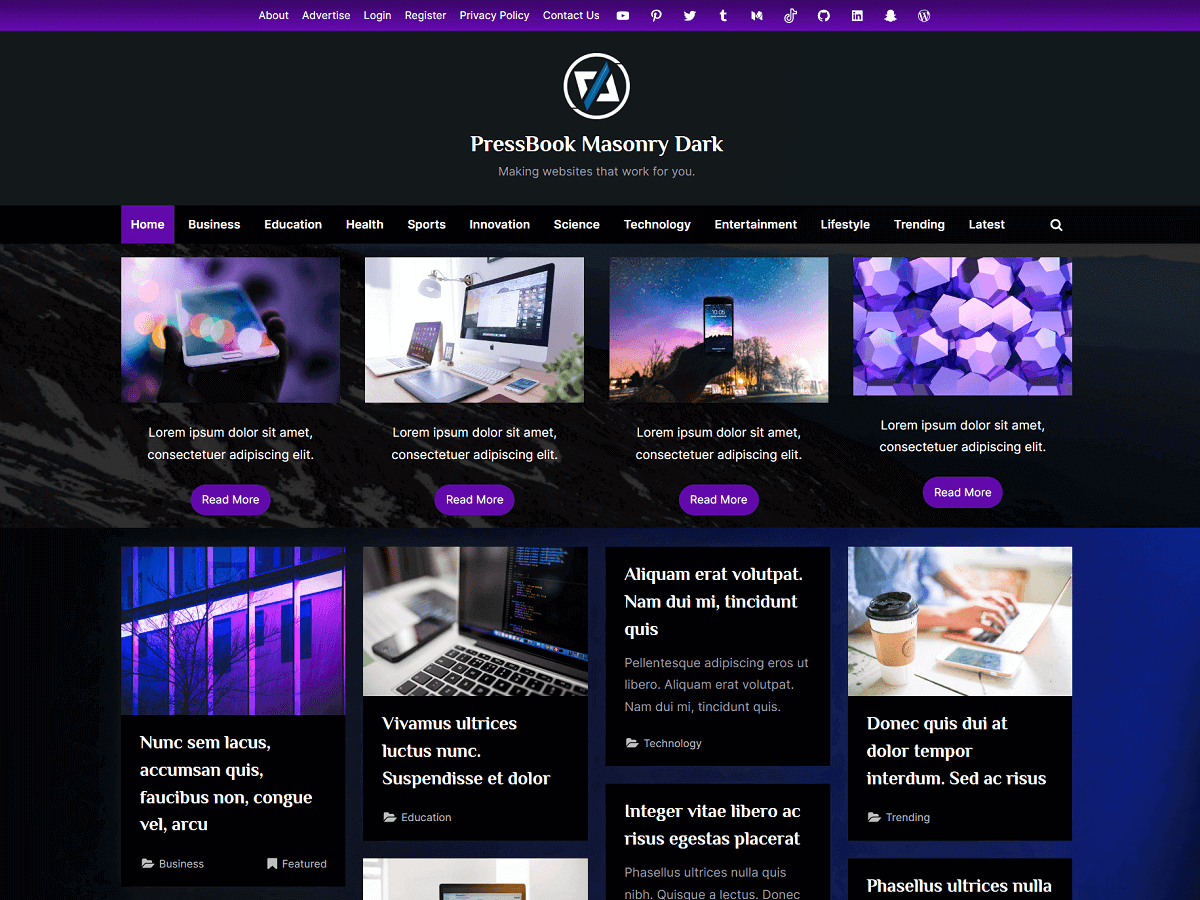

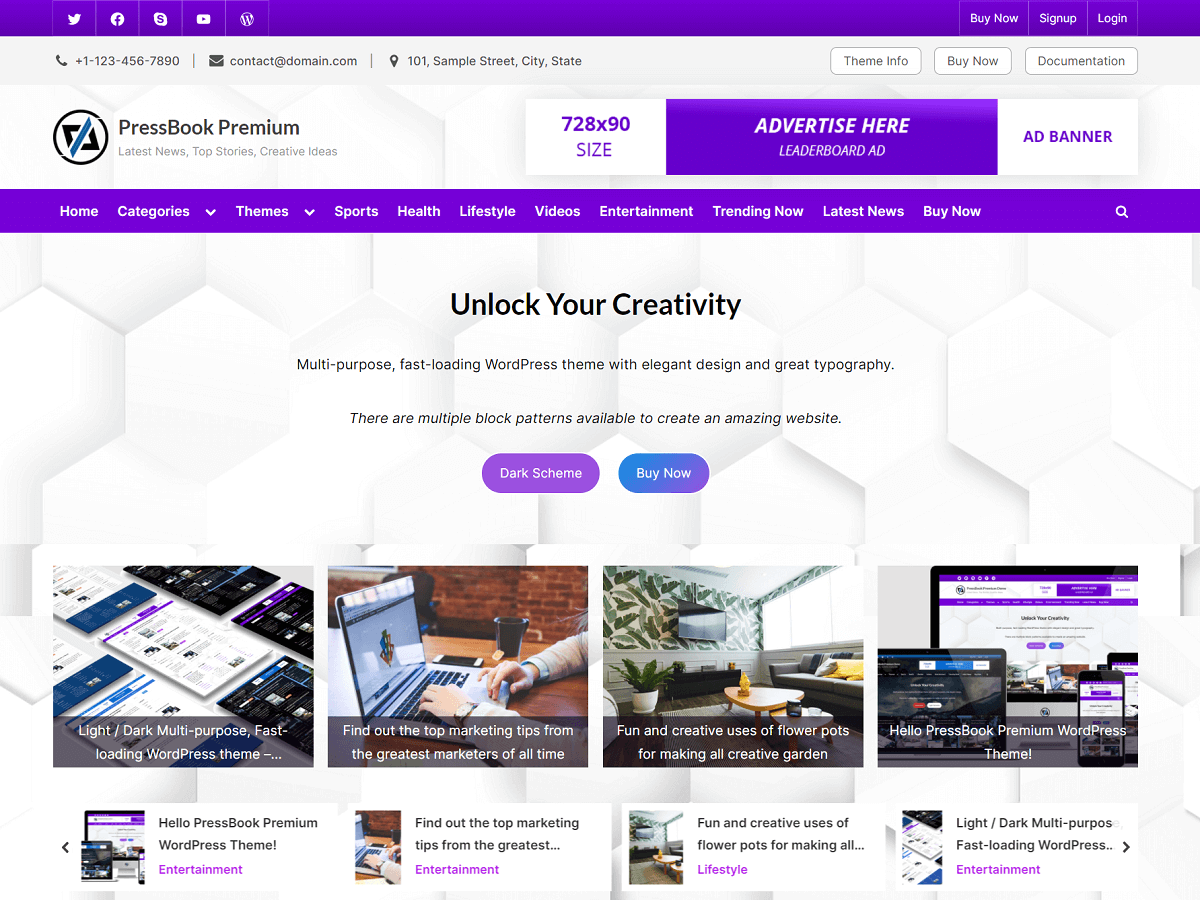
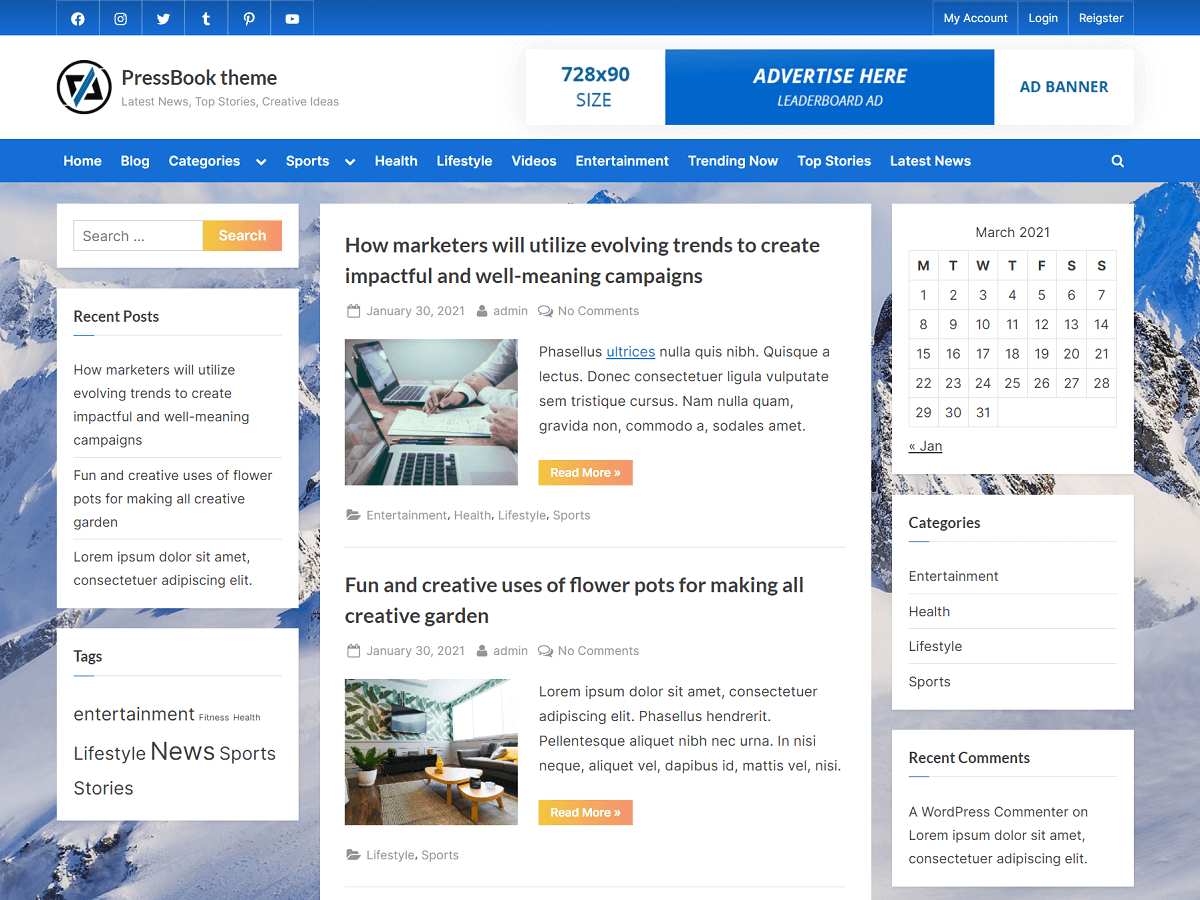

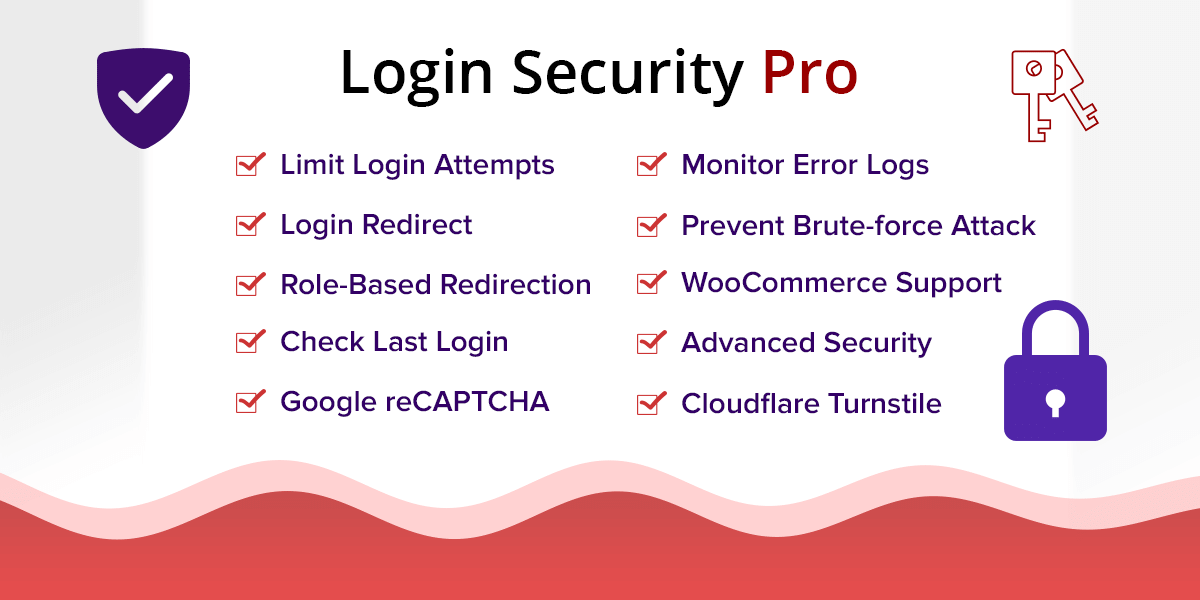

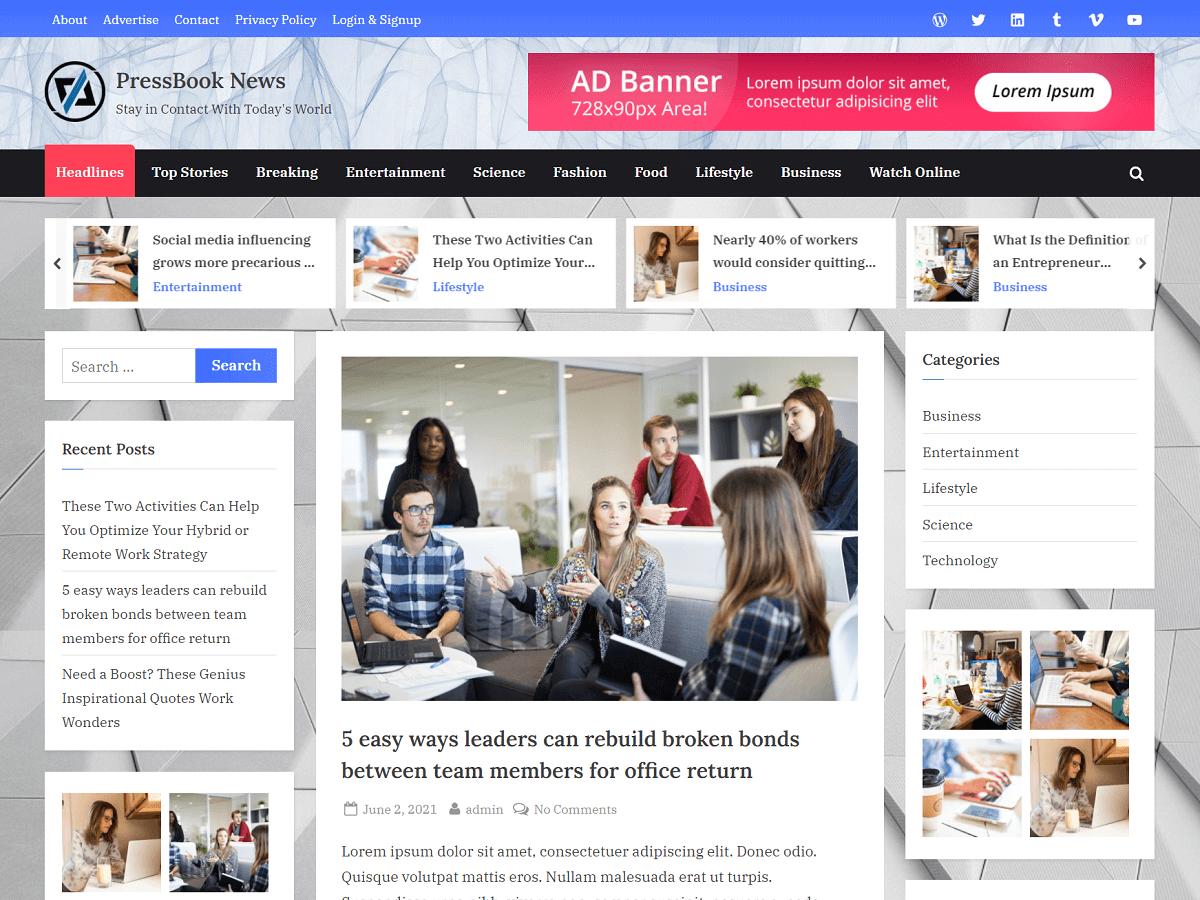
Looking for ideas to grow your business? To grow a business these days, one needs to understand why traditional sales and marketing strategies are failing and how to develop a sales marketing strategy that works.